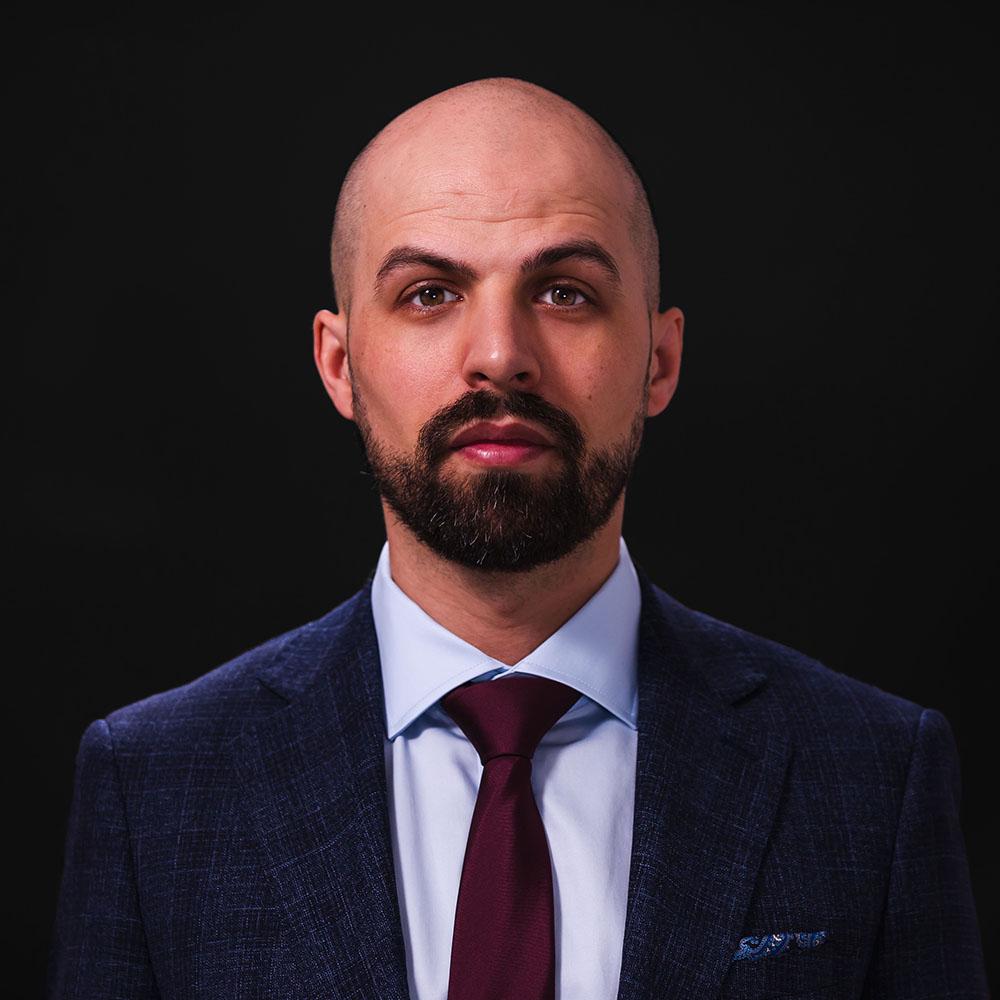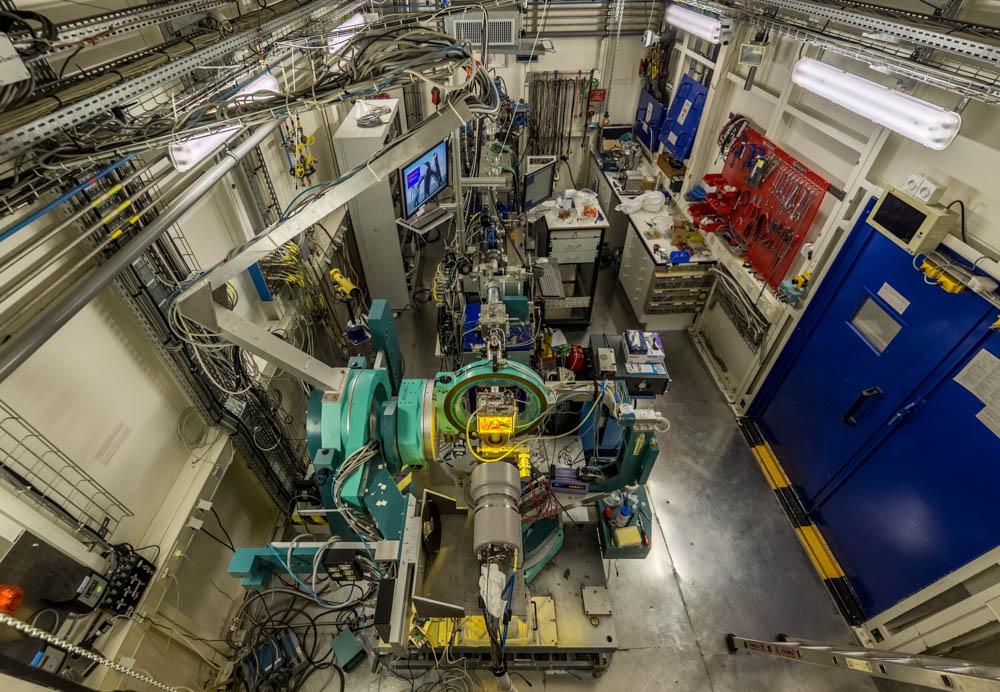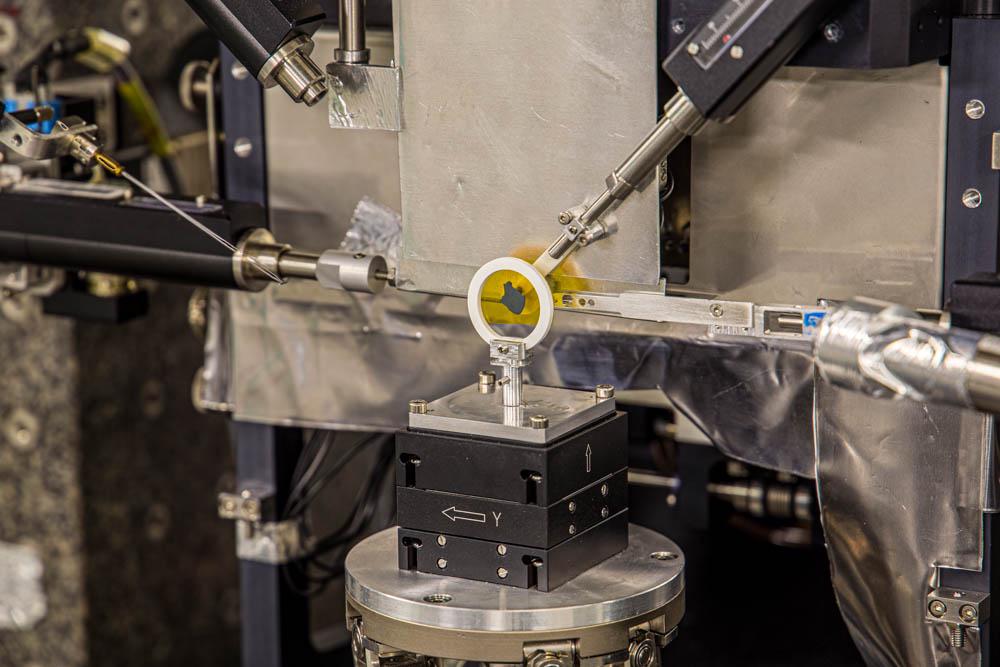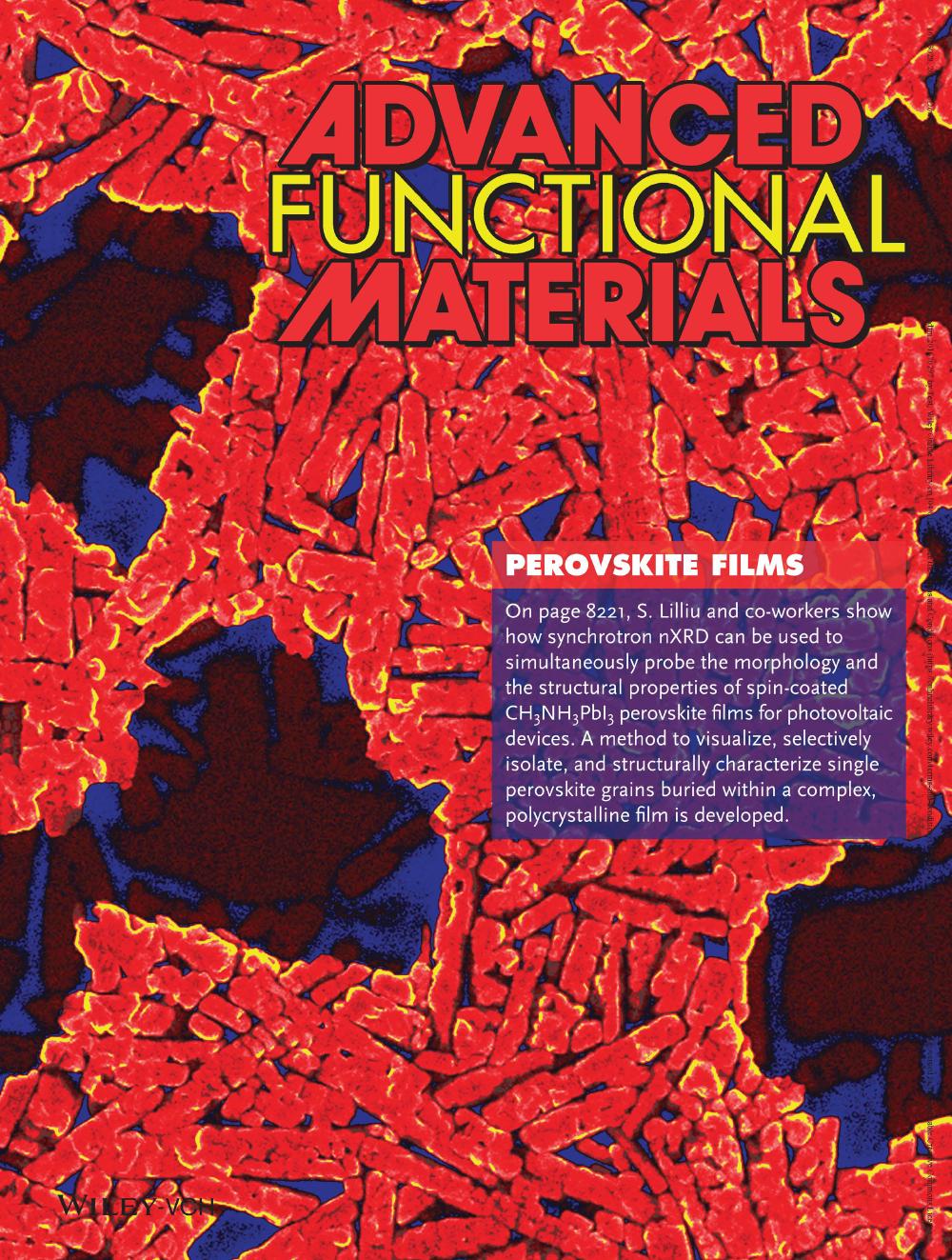Dr Samuele Lilliu
Dr Samuele Lilliu is an applied physicist (PhD), electronics engineer (MEng, BEng), science communicator, and digital marketing expert. He is director and producer at Bullaki ltd.

Highlights:
- Awarded and managed £3,000,000+ in research grants from multiple funding agencies
- Published 35 peer-reviewed papers in high-impact factor journals (4162 citations, 23 h-index) with 166 collaborators from academia and industry
- Produced multiple B2B marketing campaigns
- Published 150+ videos (730,000+ views, 38,000+ hours watched)
- Contributed to reshaping science communication and scientific publishing
With a proven track-record of collaborative leadership in R&D, creative productions, and their intersections, Dr Lilliu can assemble and manage effective teams and source suitable equipment and consumables for any project size. Capable of navigating complex bureaucratic environments and successfully running projects with limited resources, he can offer innovative solutions to organisations interested in deploying effective strategies to research management and facilitation, marketing campaigns, content creation, communication, and outreach.
Prior to the incorporation of Bullaki ltd, Dr Lilliu spent 5 years at the University of Sheffield working as a principal investigator on synchrotron X-ray diffraction techniques for the study of perovskite materials for photovoltaic devices. Between 2007 and 2015 Dr Lilliu led research in several countries (USA, Germany, France, Italy, UAE, Saudi Arabia, Hungary) on plastic electronics, sensors, solar cells, machine learning, big data, image processing and glass coatings.

Dr Lilliu completed a PhD in Physics in 2011 at Cardiff University, where he successfully defended a thesis titled Organic Photodetectors Optimization and Nanoscale Investigation. His undergraduate studies include a Bachelor and a Master of Engineering in electronics from the University of Cagliari (Italy).
Research Interests
For 12+ years Lilliu has been providing creative solutions to scientists and engineers working at the forefront of innovation. His research interests include instrumentation and software development for multi-domain measurements, i.e. simultaneously probing samples with multiple techniques. Multi-domain analysis is data-intensive and requires complex analysis, including machine learning based data reduction. Areas of application of multi-domain measurements are field-agnostic and not limited to applied physics, but span across various scientific fields, including chemistry, biology, forensics, archaeology, art, engineering, and defence.

The following citation data was retrieved from Dr Samuele Lilliu's Google Scholar page (last updated 2023-01-01 19:21:29 UTC ).
Table 1 list Dr Lilliu’s peer-reviewed articles (last updated 2023-01-01 19:21:29 UTC ).
Teamwork
Dr Lilliu’s has led, co-led, and has been part of several international projects including researchers from 16 countries. The map in Figure 4 summarises Dr Lilliu’s academic (non-unique) collaborations by color coding a world map according to the number of collaborators per country.
Figure 5 shows the number of co-authored papers with each of the 166 collaborators.
Learn more about teamwork in scientific research…
Scientific research is often a collaborative process as it requires the integration of a variety of skills, knowledge, and perspectives to design experiments, collect and analyse data, and interpret results. Working in a team allows scientists sharing ideas and insights, distribute tasks, and provide critical feedback on each other’s work. This can lead to more efficient and effective research, and can also foster a sense of community and support among researchers, while at the same time encourage competition with rival groups.
In addition, the complexity and scale of many scientific problems today often require the expertise and resources of multiple individuals or organizations. For example, large-scale research projects may involve teams of scientists from different disciplines and institutions, as well as support staff and funding agencies.
While it is not uncommon for scientists to work independently on certain aspects of a research project, it is rare to find “old school lone scientists” who work completely alone on all aspects of a research project. Some like to think of Einstein as a “lone genius”. However while he is often associated with the image of the solitary genius, Einstein did collaborate with other scientists throughout his career. Einstein’s early work on the theory of relativity, for example, was influenced by the ideas of others, including Henri Poincaré and Hermann Minkowski. He also received critical feedback and support from colleagues such as Marcel Grossmann and David Hilbert.
The collaborative nature of scientific research is reflected in the way that research is typically conducted and published, with most papers being authored by multiple individuals and research teams often publishing their findings in collaboration with other groups. For example in 2015 a team of physicist published a paper on the measurement of the Higgs Boson Mass, which included 5154 authors, which set the record for the largest number of contributors to a single research article. According to Nature “The average number of authors on a physical sciences paper more than quadrupled from 9 in 2012 to 39 between 2016”.
In Summary, to get an idea of the level of the collaborative effort in a project, one could look at a published work and check the number of authors. Published papers can also be viewed not only as a way of presenting new scientific finding, but also as a final report of milestones reached within one or more projects, which can often last months if not years.
Technical Skills
Science Communications Interests
As a scientist and filmmaker, Lilliu is interested in blending, merging, and finding points of contact between scientific findings and creative content creation.
Over the past years he has mastered most aspects of filmmaking including preproduction, direction, camera and steadicam operations, lighting, sound recording, drone operations, video editing, colour grading, sound editing, 2.5D animations, 3D animations, broadcasting, etc. Expertise in these fields allowed him to effectively translate R&D into visually pleasing stories.
Highlights:
- Incorporated Bullaki ltd, a digital marketing start-up providing consulting services to industry and academia (list of clients), and helping them publicising their work by producing impactful marketing campaigns and software applications.
- Took care of marketing, management, operations, and finance and raised £70,000+ from angel investors.
- Licensed 10+ own productions to social media influencers and filmmakers (e.g. podcast with Michael Shermer was featured in one of the most viewed documentaries on Netflix).
- Established and launched Scientific Video Protocols as the first cinematic peer-reviewed video journal worldwide (www.scivpro.com), hosting scientific publications by some of the best scientific minds (15 published articles).Saved £40,000+ by programming Scientific Video Protocols journal back and front-end infrastructure and typesetting software.
- Helped Leverhulme Centre for Life in the Universe obtaining a £10,000,000 grant (see project here)
- Developed documentary series “Origins of Life” (estimated budget £1,200,000), convinced 20+ scientists to be featured in documentary, and top UK broadcaster to join project.
- Produced sponsored interview series with 4 Nobel Laureates: Didier Queloz, Venki Ramakrishnan, Richard Henderson, and Brian Josephson.
- Convinced communication teams of DARPA (guests: STO Director Timothy Grayson, MTO Director Mark Rosker) and Raytheon (guest: ACT Vice-President Bradford Tousley) to co-produce 3 remote interviews for own podcast, which were all featured in Forbes.
- Owner of cinema-grade equipment for professional A/V productions, including broadcast/live capabilities. Able to operate cinema cameras, sound, and light equipment. Experienced in the development of ad-hoc filming rigs and setup of data management servers.
- Identifying, researching, scripting, and converting science-based academic content, technical reports, and corporate messaging from multiple disciplines into structured interview plans and engaging video content.
- Taking care of branding, visual identity, and brand standards to drive strategy and execution of marketing content.
Full portfolio organised by services: Video Productions, Equipment Rental, Distribution, 3D Animations, Educational Videos, Drone Videography, B-rolls, Motion Graphics, Illustrations, Photography, Data Visualisation, Video Articles, Web Development, App Development, Consulting, Events, Video Editing, Studio Recording, Documentaries, Video Podcasts, Film Crew Hire.


Technical Skills